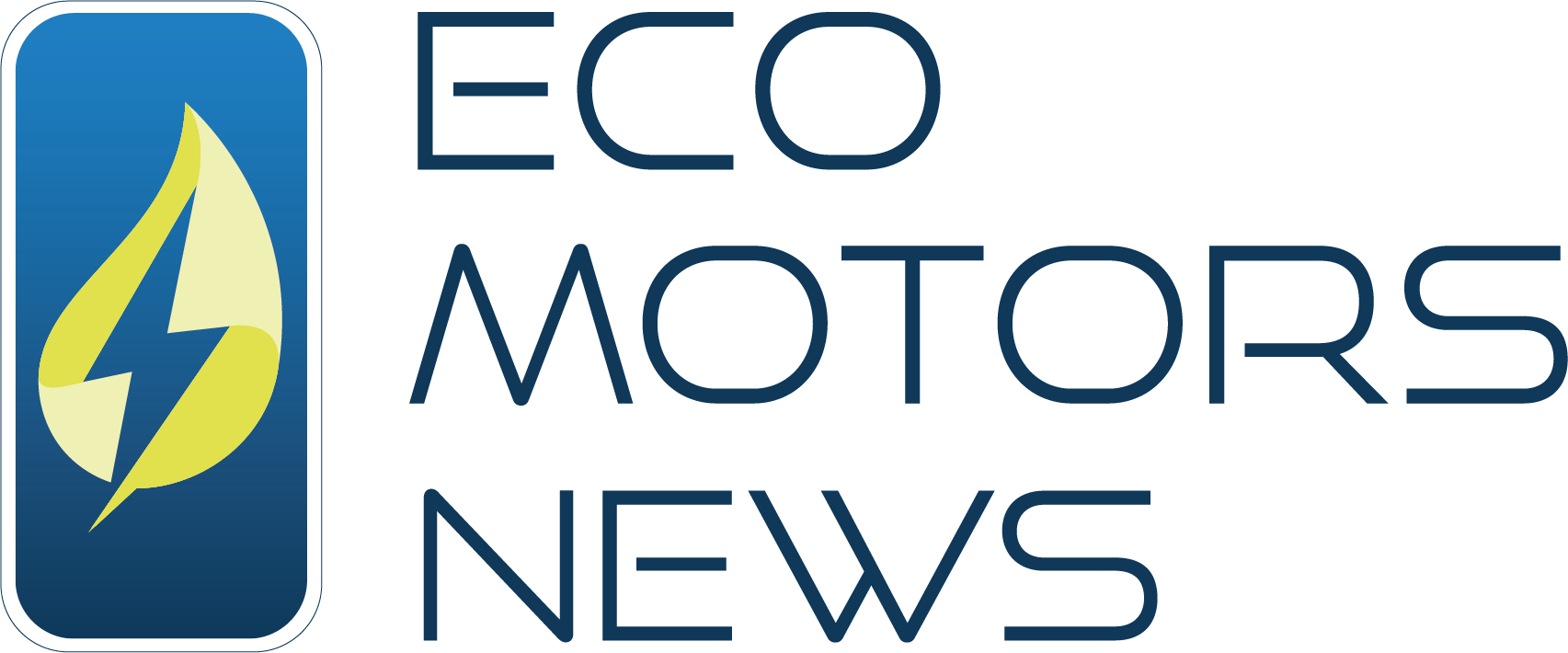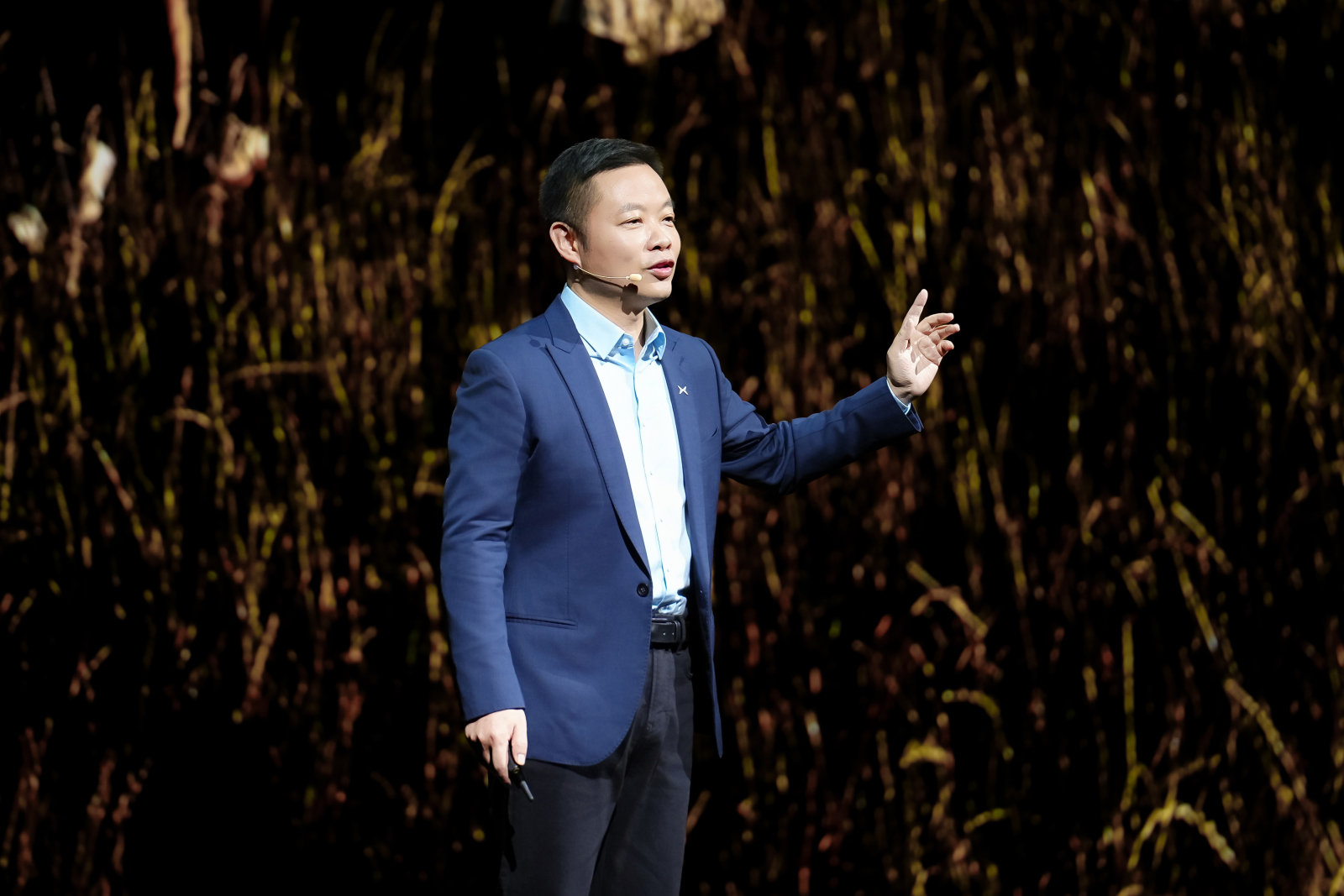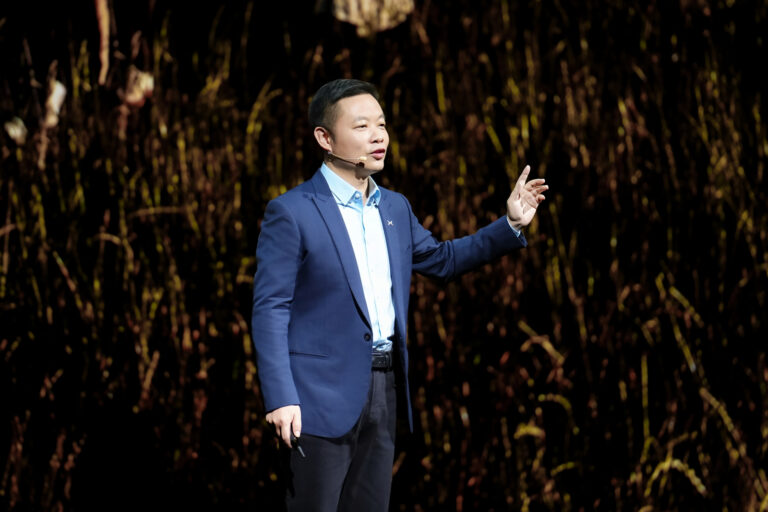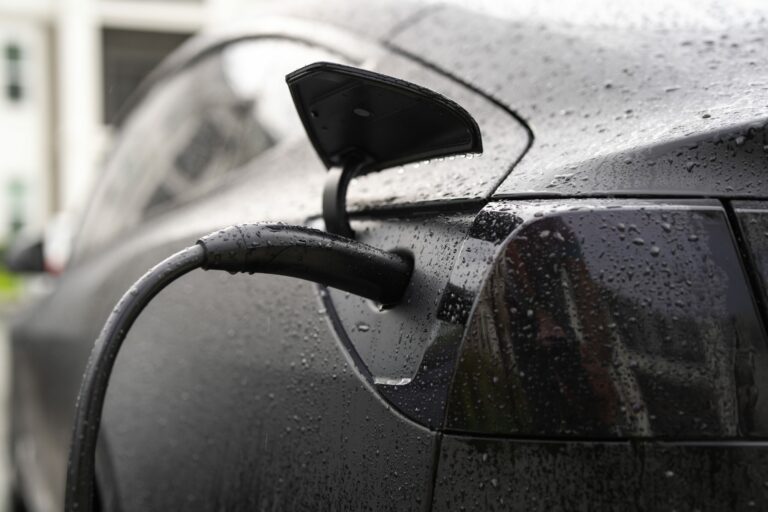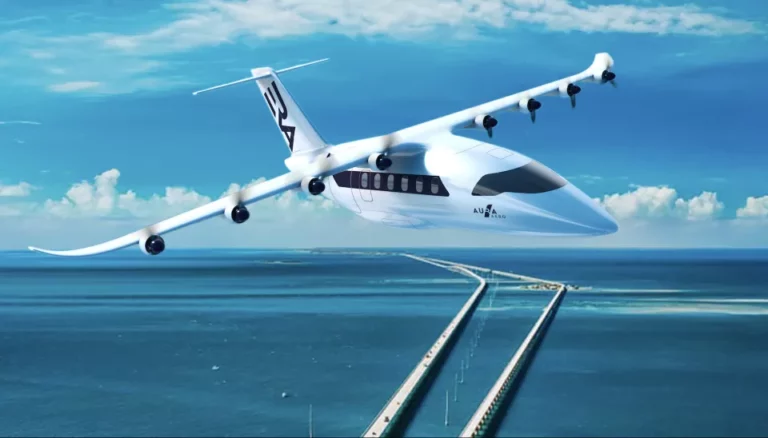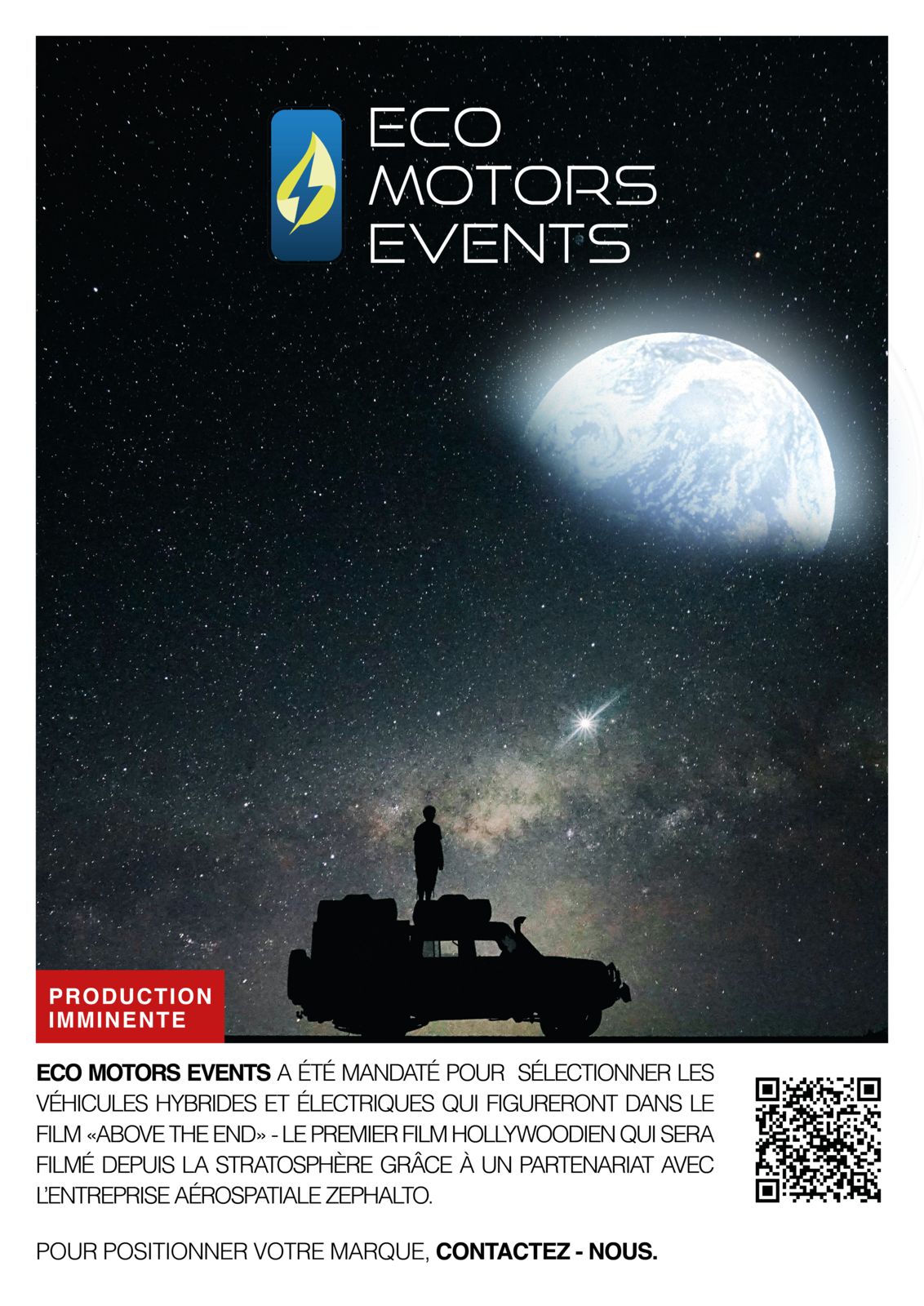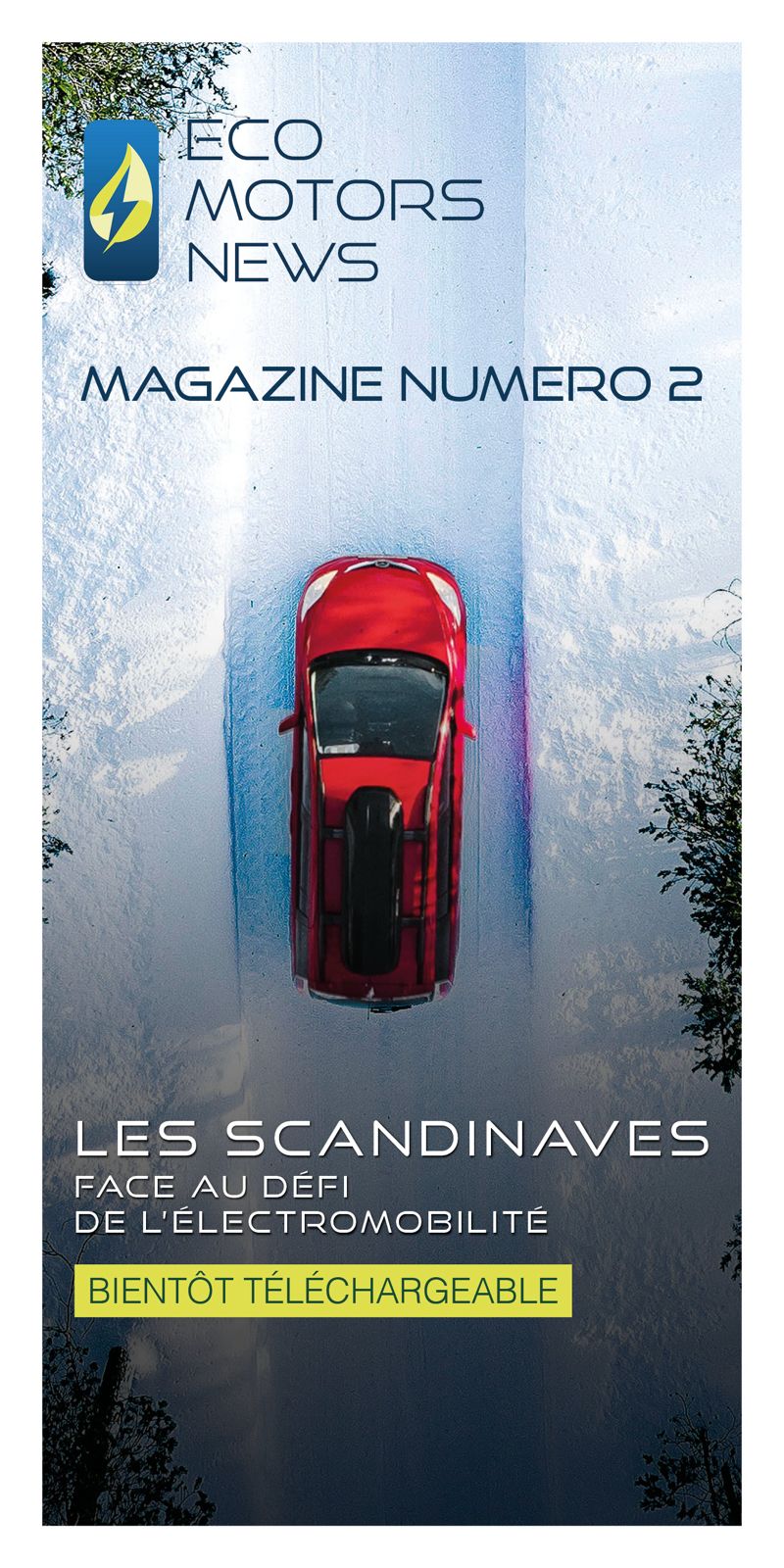At XPENG AI Day 2025, the company unveiled four major physical AI applications. These innovations include VLA 2.0, Robotaxi, Next-Gen IRON and two ARIDGE flight systems. XPENG thus confirms that physical AI is no longer a hypothetical future, but an imminent reality.

XPENG reinvents physical AI
XPENG is now positioned as the only Chinese company to master a complete physical AI system. CEO He Xiaopeng has announced the company’s transition to a global mobility explorer. The aim: to merge digital intelligence and physical applications to transform mobility.
VLA 2.0: the new benchmark for physical AI
VLA 2.0 does away with traditional visual-language translation, generating actions directly from images. This « Vision-Implicit Token-Action » approach revolutionises the way AI models interact with the physical world. It can learn on its own while understanding the laws of real interaction, for cars, robots and flying vehicles. With 2250 TOPS of computing power on the Turing AI chip, the model is ready for mass production.
Tests show that VLA 2.0 manages complex situations, recognising gestures and traffic lights. The « Narrow Road NGP » function improves driving on narrow roads, multiplying control autonomy by 13. XPENG expects full deployment in 2026, with the ecosystem opened up to global partners, led by Volkswagen.

Robotaxi: autonomous mobility reinvented
XPENG introduces China’s first fully autonomous Robotaxi, designed for personal and commercial use. Four Turing AI chips provide 3,000 TOPS, surpassing current global standards. The system is based on pure vision without lidar or high-precision maps, guaranteeing global adaptability.
Safety is enhanced by a redundant architecture, ensuring continuity even in the event of hardware failure. The vehicle interacts with its environment via an external sun screen and voice system, creating a unique human-machine link. The strategy includes shared Robotaxi and proprietary L4 models, with the intelligent « Robo » trim from 2026. The collaboration with Amap will enable global expansion, boosting the adoption of autonomous mobility.
Next-Gen IRON: the ultra-realistic humanoid
XPENG unveils an exceptionally realistic humanoid robot, combining 82 degrees of freedom with bionic muscles. Flexible skin covers the entire body, while the spine and joints reproduce human biomechanics. The Next-Gen IRON uses 3 Turing AI chips, reaching 3000 TOPS, and integrates the VLA, VLT and VLM models for conversation, walking and interaction. Energy optimisation is based on all-solid, lightweight and safe batteries, suitable for industrial and commercial scenarios.
XPENG is planning large-scale production from 2026 and is working with Baosteel for industrial applications. The robot respects confidentiality and the laws of robotics, while remaining open to developers to create a global ecosystem.
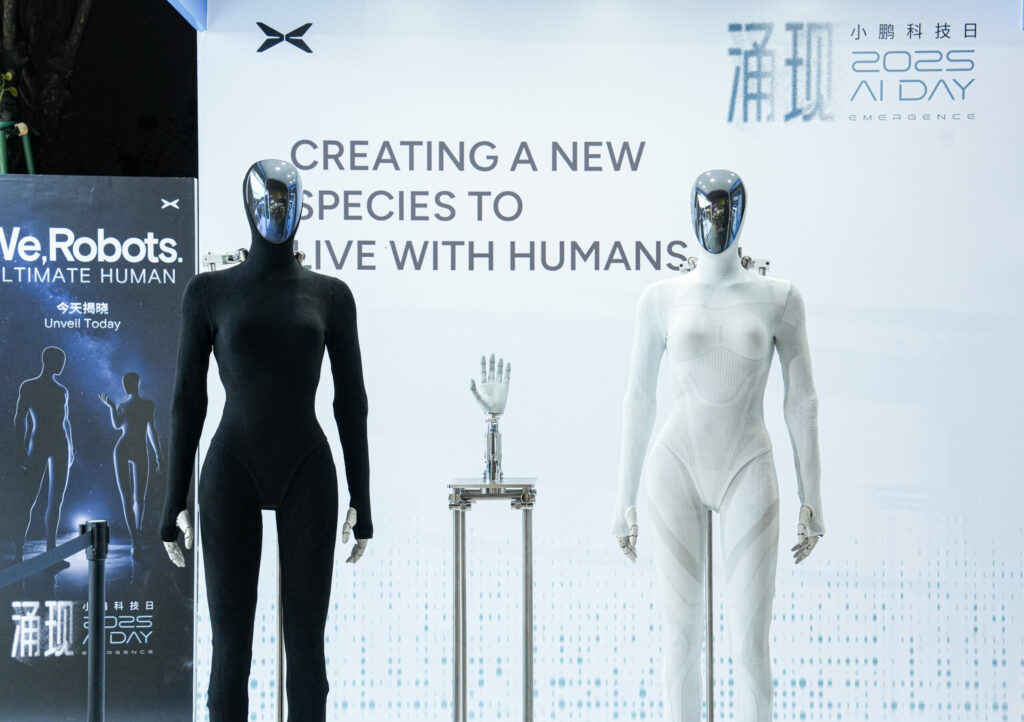
Flying Cars: ARIDGE and air mobility
XPENG ARIDGE presents the A868 tiltrotor, with a range of 500 km and a top speed of 360 km/h. The « Land Aircraft Carrier » goes into production with 7,000 controls, offering an intelligent cockpit accessible to novices. The systems incorporate full redundancy for safety, ensuring continuity in the event of failure of two rotors.
Mass production will be at a rate of one aircraft every 30 minutes, with an initial annual capacity of 5,000 to 10,000 units. In 2026, the first autonomous low-altitude tourist route will open in Dunhuang, introducing an unprecedented three-dimensional journey.
Towards an emerging technology
For over a decade, XPENG has been innovating at the intersection of AI, automotive, robotics and aerial mobility. The Science Park brings together more than 10,000 talents to create ideas and technologies with strong synergies. Physical AI becomes tangible, offering mobility, interaction and new experiences to users around the world.
XPENG demonstrates that the era of embodied intelligence is no longer a futuristic concept, but a rapidly expanding reality.
